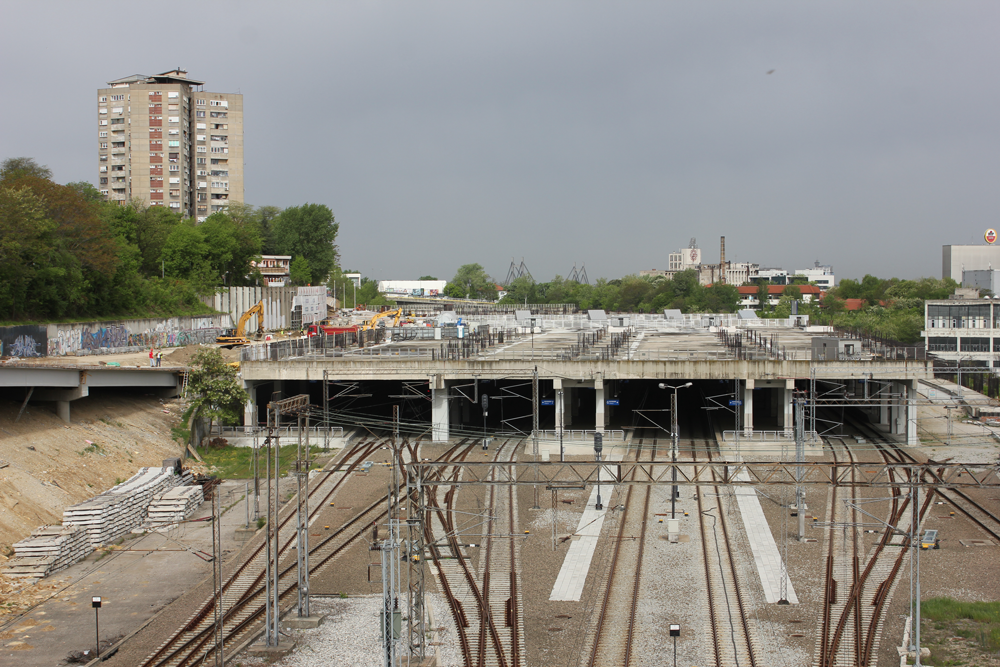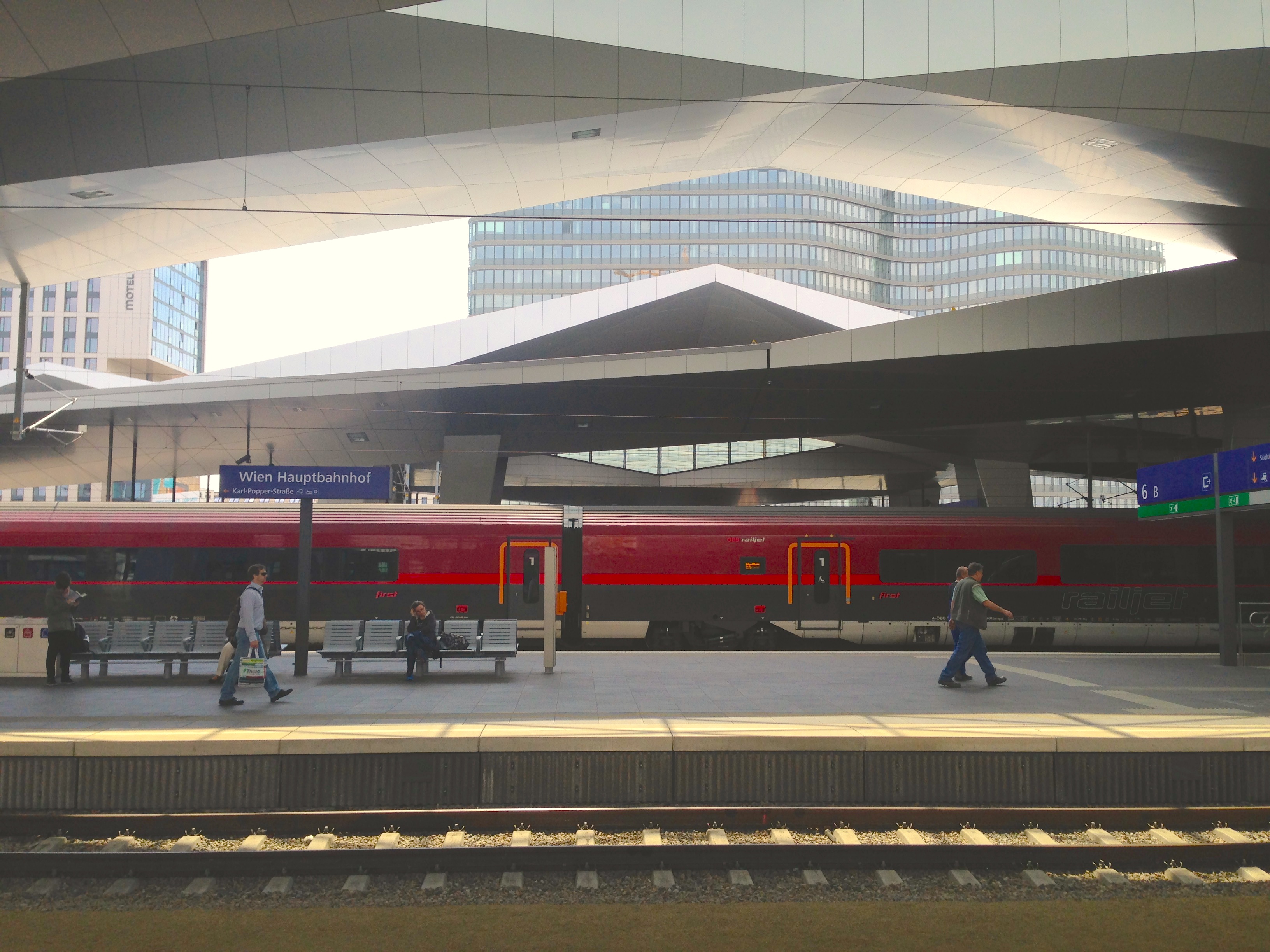Position paper on the TEN-T Orient/East-Med Corridor published
The international working group of ARL, chaired by Prof. Dr. Bernd Scholl, ETH Zurich from 2015 until 2018 addressed open questions and challenges regarding the spatial and railway development of the TEN-T Orient/East-Mediterranean Corridor (OEM) Hamburg – Athens. Recently, important insights were published by the ARL as position paper.
From the working group's point of view, the Orient/East-Med Corridor is of utmost importance for the future cohesion of Europe. With its length of more than 2'000 km it connects the strong economic zones of the western EU member states to the prospering capital regions of the southeastern EU member states. The position paper includes the “Assessment positions” of four years of intensive work as well as a draft for the future actions (“positions and recommendations”). According to the experts, the further development of the corridor is of strategic importance:



 The fourth official meeting of the International Working Party of experts gathered around the ARL project «Spatial and Transport Development along European Corridors: An Example of the Corridor 22, Hamburg–Athens» took place in Belgrade, on the 27th and 28th April 2017.
The fourth official meeting of the International Working Party of experts gathered around the ARL project «Spatial and Transport Development along European Corridors: An Example of the Corridor 22, Hamburg–Athens» took place in Belgrade, on the 27th and 28th April 2017. The representatives of the PCT (Piraeus Container Terminal), the largest terminal of the COSCO (Chinese Ocean Shipping Group Company) in Europe, provided an overview of the current investments in port and railway infrastructure in Greece, as well as of the initiatives for upgrading the railway network in South-Eastern Europe.
The representatives of the PCT (Piraeus Container Terminal), the largest terminal of the COSCO (Chinese Ocean Shipping Group Company) in Europe, provided an overview of the current investments in port and railway infrastructure in Greece, as well as of the initiatives for upgrading the railway network in South-Eastern Europe. The second official meeting of the International Working Group of experts gathered around the ARL project “Spatial and Transport Development in European Corridors: An Example of the Corridor 22, Hamburg–Athens” took place in Vienna, on 19th and 20th May 2016.
The second official meeting of the International Working Group of experts gathered around the ARL project “Spatial and Transport Development in European Corridors: An Example of the Corridor 22, Hamburg–Athens” took place in Vienna, on 19th and 20th May 2016.

